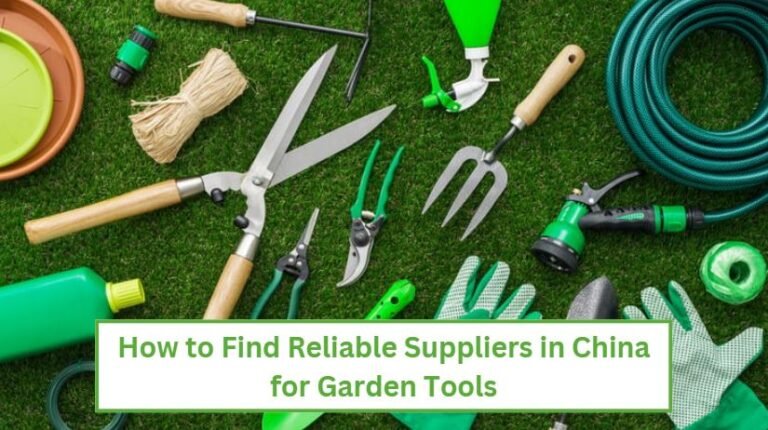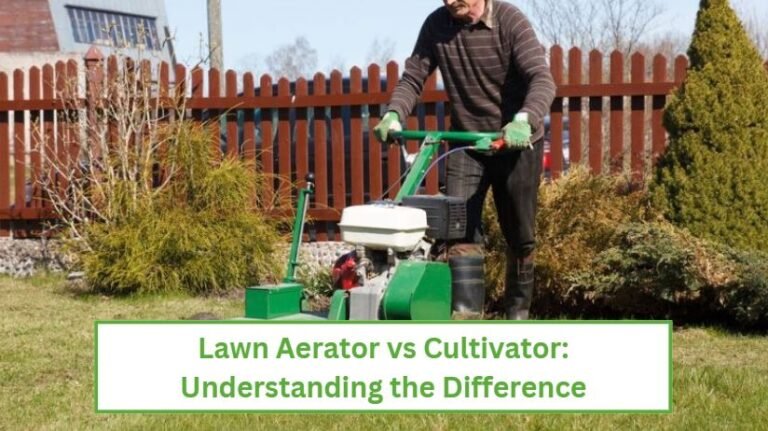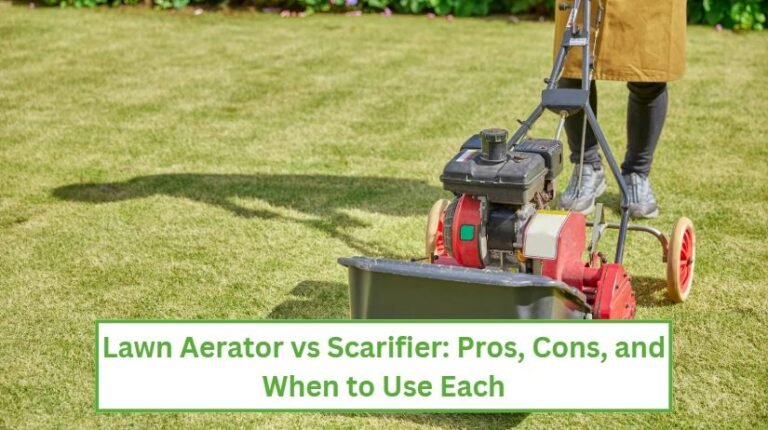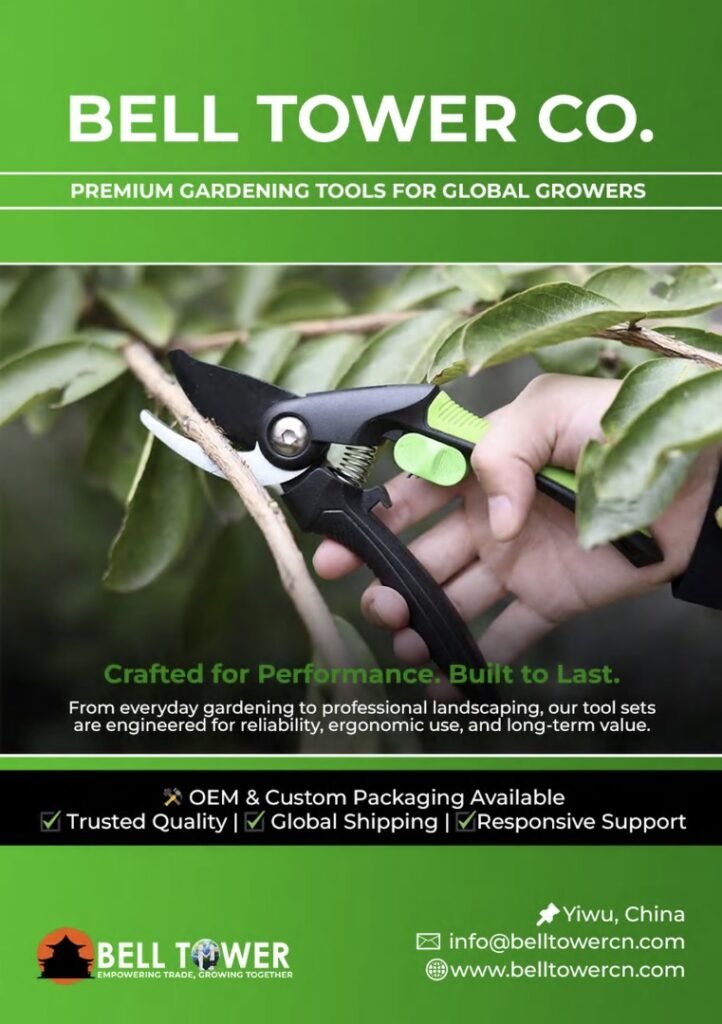Having the right tools makes all the difference in gardening. And, believe it or not, the material these tools are made of also determines their effectiveness as well as their lifespan.
Carbon and stainless steels are two common materials used in blades, the part of every gardening tool that does all the heavy work.
In this guide, we’ll talk about both of them, including what they’re made of, their pros & cons, and which one is better for which gardening task.
Let’s get started.
What is Carbon Steel?
Carbon steel is regular steel with a higher percentage of carbon. This extra carbon makes the metal harder and stronger. The material holds a sharp edge longer, which is one of the reasons many gardeners choose it.
Pros of Carbon Steel Gardening Tools
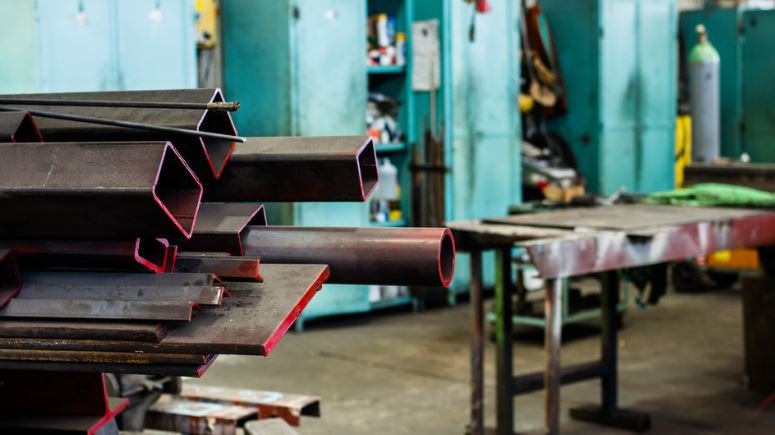
Let’s discuss the benefits of using a carbon steel tool:
Very Strong: This makes carbon steel ideal for tough gardening tasks like digging soil and cutting roots.
Holds Sharp Edge Longer: As a result, you don’t have to sharpen the tool often.
Usually Cheaper: Carbon steel garden tools are usually cheaper, especially when compared to stainless steel ones.
Cons of Carbon Steel Gardening Tools
Here are some reasons to avoid carbon steel garden tools:
Rusts Easily: If you leave a carbon steel gardening tool out in the open, especially in humid weather, it’ll start accumulating rust.
Needs Extra Care: Because carbon steel tools are more prone to rust and corrosion, they require extra care and maintenance (Cleaning and disinfecting).
What is Stainless Steel?
Stainless steel is a type of steel with added chromium, which makes it more resistant to rust and corrosion. SS gardening tools are typically long-lasting and require less maintenance.
Here’s why you should get stainless steel garden tools:
Pros of Stainless Steel Gardening Tools
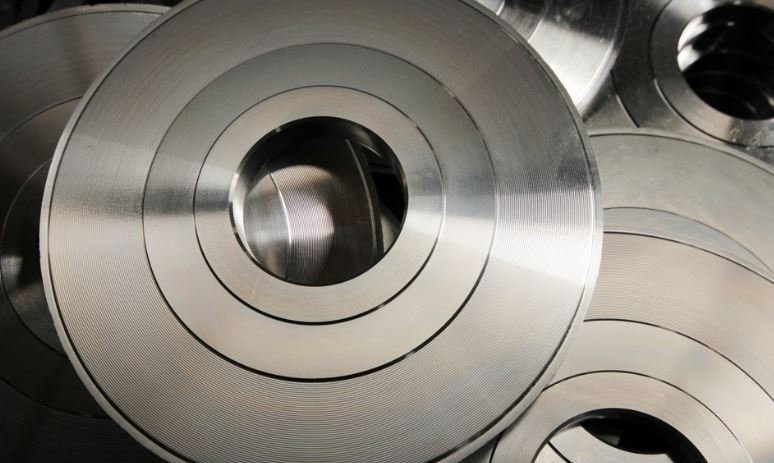
Rust-resistant: Stainless steel tools don’t easily accumulate rust (Turn orange). Therefore, their working life is longer than non-stainless steel variations.
Low Maintenance: SS tools are resistant to rust and corrosion, which makes them long-lasting.
However, remember that they’re not rust-proof. If you’re keeping stainless steel tools in a humid atmosphere, regular maintenance can prolong their lifespan.
Cons of Stainless Steel Gardening Tools
Can Be Pricier: Good-quality stainless steel gardening tools can be pricier than carbon steel tools.
Edge Dulls Faster: You may need to sharpen an SS tool more often as it won’t retain its sharpness for long.
Get our comprehensive e-book on what gardening tools you need, how to choose, maintenance tips, and more.
Stainless Steel Vs. Carbon Steel Gardening Tools: Key Differences
Here’s a quick overview of the key differences between the two types of gardening tools:
Durability
Both stainless and carbon steel are strong, but when it comes to brute force, carbon steel takes the lead. Since it’s tougher, you can dig hard soil with it.
Rust-Resistance
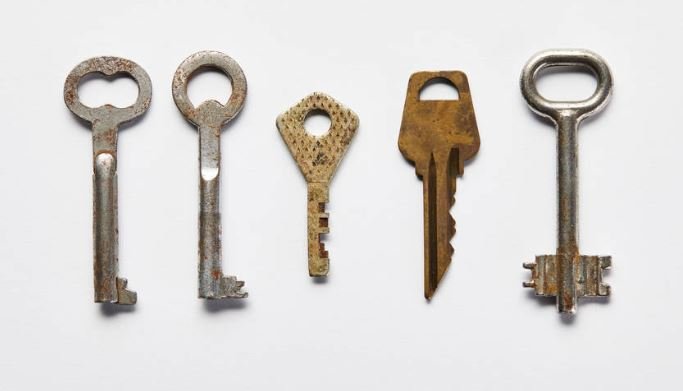
As discussed previously, stainless steel is a clear winner here. It can handle wet or humid conditions better. With carbon steel, you have to be more careful (Wiping, drying, and oiling).
Cutting Ability
Both have great cutting abilities, but carbon steel takes the prize as it tends to hold the sharp edge for longer.
This can be especially helpful during long gardening sessions or for gardeners who don’t want to sharpen their tools frequently.
Value and Price
Carbon steel garden tools are usually cheaper, but may not last as long without proper care. Stainless steel costs more, but tends to last longer. I
Carbon Steel Vs. Stainless Steel Garden Tools: Which One to Choose
This depends on a few things, including:
- Your plants and soil
- Your gardening style
- Whether you can frequently clean and disinfect your tools
- Your budget
Go with carbon steel if:
- You carry out tough jobs
- You don’t mind cleaning, disinfecting, and oiling your gardening equipment frequently
- You’re on a tighter budget but don’t want to compromise on the performance
Go with stainless steel if:
- You want your tools to last a long time
- You live in a humid atmosphere
- You want low-maintenance tools
Quick Recap
- Carbon Steel: Tougher, sharper, needs more care
- Stainless Steel: Rust-resistant, low-maintenance, a bit more expensive
Frequently Asked Questions
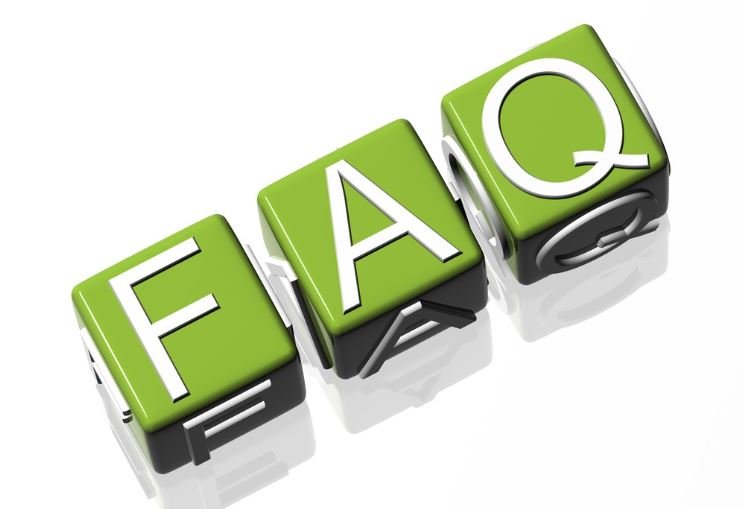
Let’s discuss some frequently asked questions about carbon steel vs. stainless steel gardening tools.
Is Carbon Steel Better than Stainless Steel for Garden Tools?
In a couple of ways, yes. Carbon steel is stronger and holds a sharper edge for longer, making it great for tough gardening tasks. However, it rusts easily without proper care.
What is the Best Metal for Garden Tools?
It depends on your needs. If you need a hard and tough material, carbon steel would be perfect. If you want a long-lasting tool that requires less maintenance, go with stainless steel.
What are the Disadvantages of Carbon Steel?
Carbon steel rusts easily and requires more frequent cleaning and oiling to stay in shape. The material is also a bit heavy, making it unsuitable for long gardening sessions.
Is Stainless Steel Rust-Proof?
No, stainless steel is rust-resistant, not rust-proof, which means it can turn orange over time, especially in harsh conditions.
How Do I Maintain Carbon Steel Garden Tools?
Wipe them dry after every use. Apply a thin layer of oil after a while to prevent rust. Sharpen them when they get dull. Store them in a dry place.
Conclusion
Both carbon and stainless steel garden tools have their perks. Ideally, you want them both in your gardening arsenal.
If your gardening tasks require power and toughness and you don’t mind a little maintenance, carbon steel tools are your friend.
However, if you’d rather spend more time on your plants and less on maintaining your tools, stainless steel would be the way to go.
Most gardeners end up using both as they offer unique benefits.
Read More: Are Electric Pruning Shears Worth It?

